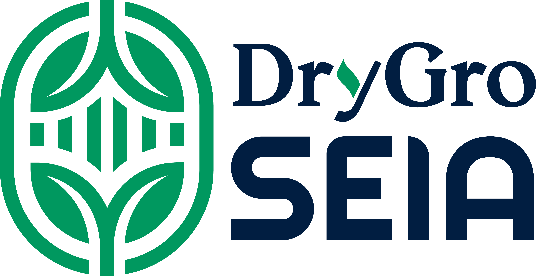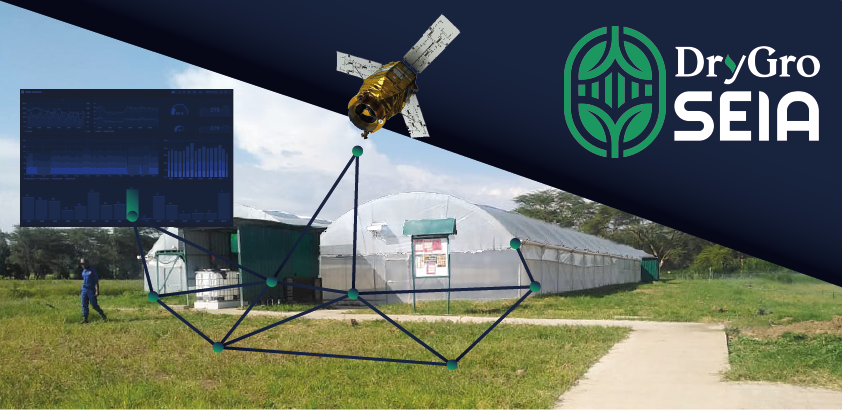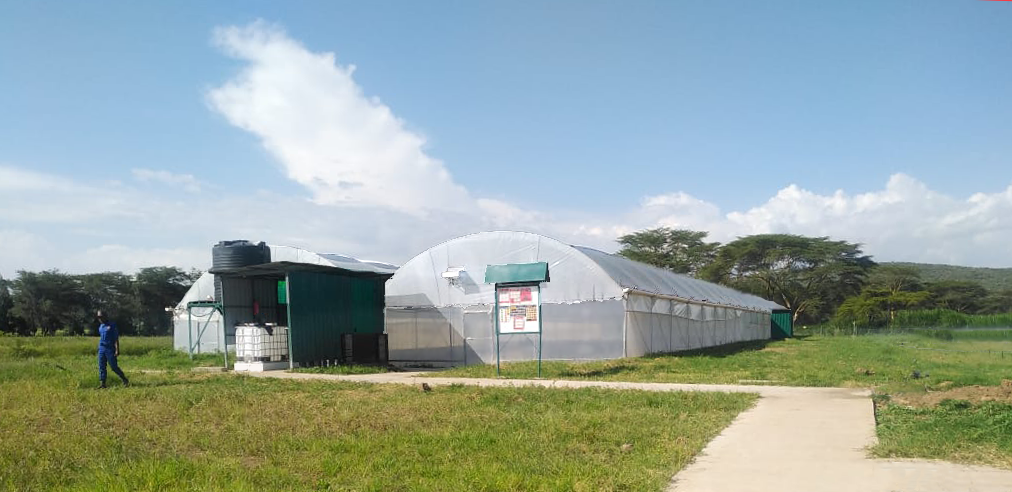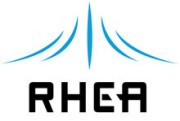
Objectives of the service

The DryGro SEIA project has developed new ways to produce plant-based protein on non-arable land.
DryGro uses cutting-edge plant science to produce Water Lentils. This tiny, fast-growing plant is one of the most efficient sources of protein on the planet, and will lead the way to a more sustainable global diet in the 21st century. When produced using DryGro technology, Water Lentils have the potential to viably fill the protein market gap.
The DryGro SEIA project brings together DryGro, BuildX, RHEA, and Hyper Collective, using a combination of engineering, plant science and space asset expertise to further demonstrate this technology and prepare it for industrial scale implementation.
Users and their needs
As DryGro’s product serves as a sustainable, climate resilient source of protein ingredients for humans and animal feed producers. These customers range from commodity traders, ingredients companies, animal feed producers, to human food producers. Our customers have several major requirements:
-
Consistent quality product
-
High protein content
-
Consistent shipments (quantity) of product
-
Strong product performance in animal / aquaculture feed trials
These customers are found world-wide, but there are certain markets where our technology and business model have a more sizable advantage.
DryGro is currently operating in Kenya and the UK.
Service/ system concept
DryGro’s technology relies on a combination of active and passive climate management systems that allow us to maintain optimum growth conditions, even in harsh environment like Kenya. These systems rely on a steady stream of data which we aggregate from terrestrial sensors, earth observation data, weather forecast products, and data added manually by our team.
This combined stream of information helps DryGro to make important decisions relating to such things as:
-
plant care,
-
nutrient application rates,
-
climate control,
-
maintenance,
-
error detection,
-
harvest strategy
Space Added Value
Sensing local ambient conditions throughout our systems is critical to the underlying technical viability of this agricultural approach. The environments where DryGro will operate are defined by particularly harsh weather patterns and often limited existing infrastructure. Growth units are impacted by temperature, downward radiation, humidity, and precipitation. Thermal management decisions must accurately account for real-time conditions while deploying weather forecasting to optimize long-term conditions and avoid overheating, chilling, moisture issues, nutrient precipitation, and a range of other issues.
The pilot has demonstrated the DryGro technology with 4 growth units, covering approximately 45,000m2. However, DryGro’s ambition is for installations covering up to 8 Km2, where Satellite Earth Observation (SatEO) data can bring significant gains in terms of
-
Site selection
-
Better local weather forecasts
SatEO was used for four main purposes in the pilot:
-
To support site selection for a new site
-
To support monitoring of the units external environment
-
To support monitoring of the units’ internal environment
-
To investigate possible leakage/damage (e.g. using hi-resolution data)
Current Status
DryGro constructed their first demonstration facility in 2018, and within the SEIA completed their second-generation demonstration facility over 2020, with an expansion in 2023. This facility has now had over two years of consistent, high-quality production, validating the DryGro production system for commercial scale expansion. The Final Review of SEIA Demonstration Project took place in March 2023.

SEIA partners RHEATECH and Hyper have also developed our data and EO platform which is now actively implemented with our demonstration facility.
Prime Contractor(s)
Subcontractor(s)





